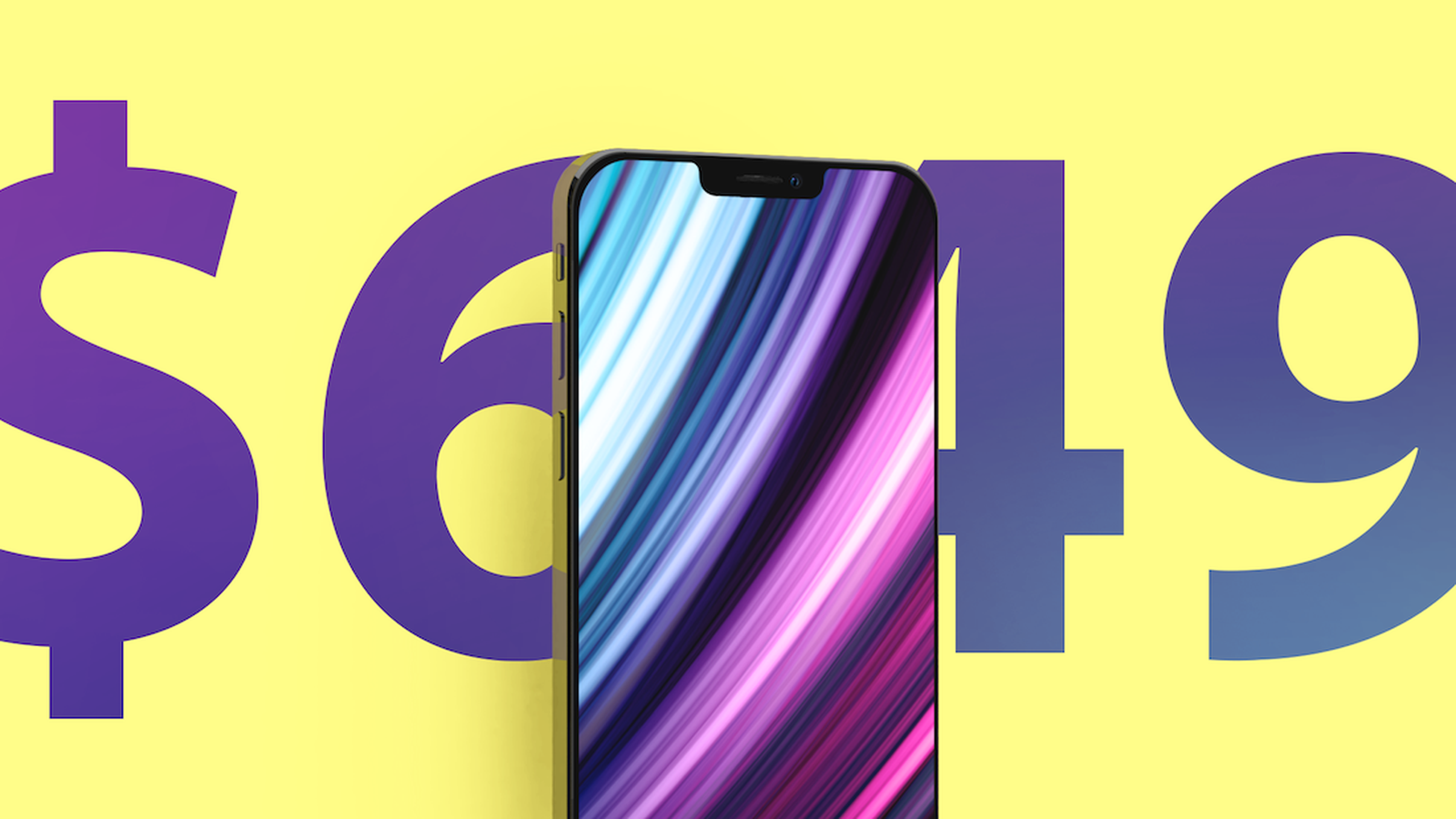What are the current rumours about the 6.1” and 6.7” physical sizing and screen resolutions? I have gone through the rumour mill and math yet.
I am looking to upgrade from my 5.5” 7 Plus. I would also be interested to know if they supported Zoomed Display Mode. I suspect yes, but I’m not sure.
For 4K HDR playback, no trouble at all. The only thing I’ve noticed on the Apple TV 4K is sometimes when scrolling in the menu, there can be an occasional slowdown or stutter, but I wonder if it is due to memory, since it doesn’t seem to happen after a fresh reboot.
The last we heard, but it’s pretty sketchy.
Apple's upcoming iPhones will all use flexible OLEDs sourced from either Samsung, BOE, and LG Display, with some new features like 10-bit color expected, according to a report from display analyst Ross Young.

www.macrumors.com
5.4-inch iPhone 12
Young says that the iPhone 12 will feature a flexible OLED display from Samsung Display, with
Y-OCTA integrated touch. Y-OCTA is Samsung flexible display technology where the touch sensor is placed directly on the OLED panel without the need for a separate touch layer.
The 5.4-inch iPhone will feature a 2340 x 1080 resolution and 475 PPI.
6.1-inch iPhone 12 Max
The 6.1-inch "iPhone 12 Max" as Young calls it is expected to feature a flexible OLED sourced from BOE and LG Display with an add-on touch sensor and a resolution of 2532 x 1170 and 460 PPI.
6.1-inch iPhone 12 Pro
The higher-end Pro version of the 6.1-inch iPhone coming in 2020 will feature a Samsung Display flexible OLED, and Young says it will be one of the first smartphones with 10-bits of color, for more vibrant, true-to-life colors and a richer variety of color gradations.
The 6.1-inch iPhone 12 Pro is not expected to have Y-OCTA technology and it will feature the same resolution as the 6.1-inch iPhone 12 at 2532 x 1170 and 460 PPI.
Young says that Apple may be bringing extreme dynamic range (XDR) to its iPhone lineup, which is specified as 1,000 nits of full screen brightness and 1,600 nits of peak brightness. Samsung displays can't hit this level, though, and thus if Apple does use XDR, XDR specifications will need to be tweaked.
Apple is rumored to be linking XDR (extreme dynamic range) compatibility to the iPhone 12 series. XDR performance on its monitors is specified by Apple as 1000 nits of full screen brightness, 1600 nits of peak brightness, 1M:1 contrast, 10-bits of color and ~100% P3 wide color gamut. To date, Samsung Display has only achieved 1342 nits of peak brightness and full screen brightness of 828 nits on smartphones, so if Apple does use XDR, the XDR specifications for brightness will need to change. Given the lower black levels in its OLED smartphones vs. its XDR monitor, contrast should actually be higher on its smartphones, in fact, DisplayMate measures the latest Samsung Display OLED contrast ratios as infinite in low ambient light.
Click to expand...
Young also reiterates details he's
previously sharedabout rumors suggesting Apple will bring 120Hz ProMotion displays to the iPhone 12 lineup.
Apple's iPhone 12 is not expected to use low-power LTPO technology, a feature Young believes is necessary for a fully functional 120Hz display given the power saving capabilities of LTPO technology.
Without LTPO, 120Hz is still possible, but it could be limited to non-native resolutions or it will be a significant power drain.
6.7-inch iPhone 12 Pro Max
The largest iPhone 12 Pro model that Apple plans to release in 2020 will feature a 6.68-inch display with a resolution of 2778 x 1284 at 458 PPI.
Young believes this model will have Y-OCTA support, 10-bit color, and will be XDR capable. Like the iPhone 12 Pro, it could also have a 120Hz refresh rate, but again, without LTPO.



